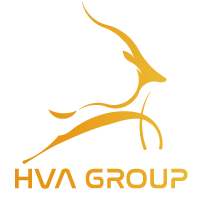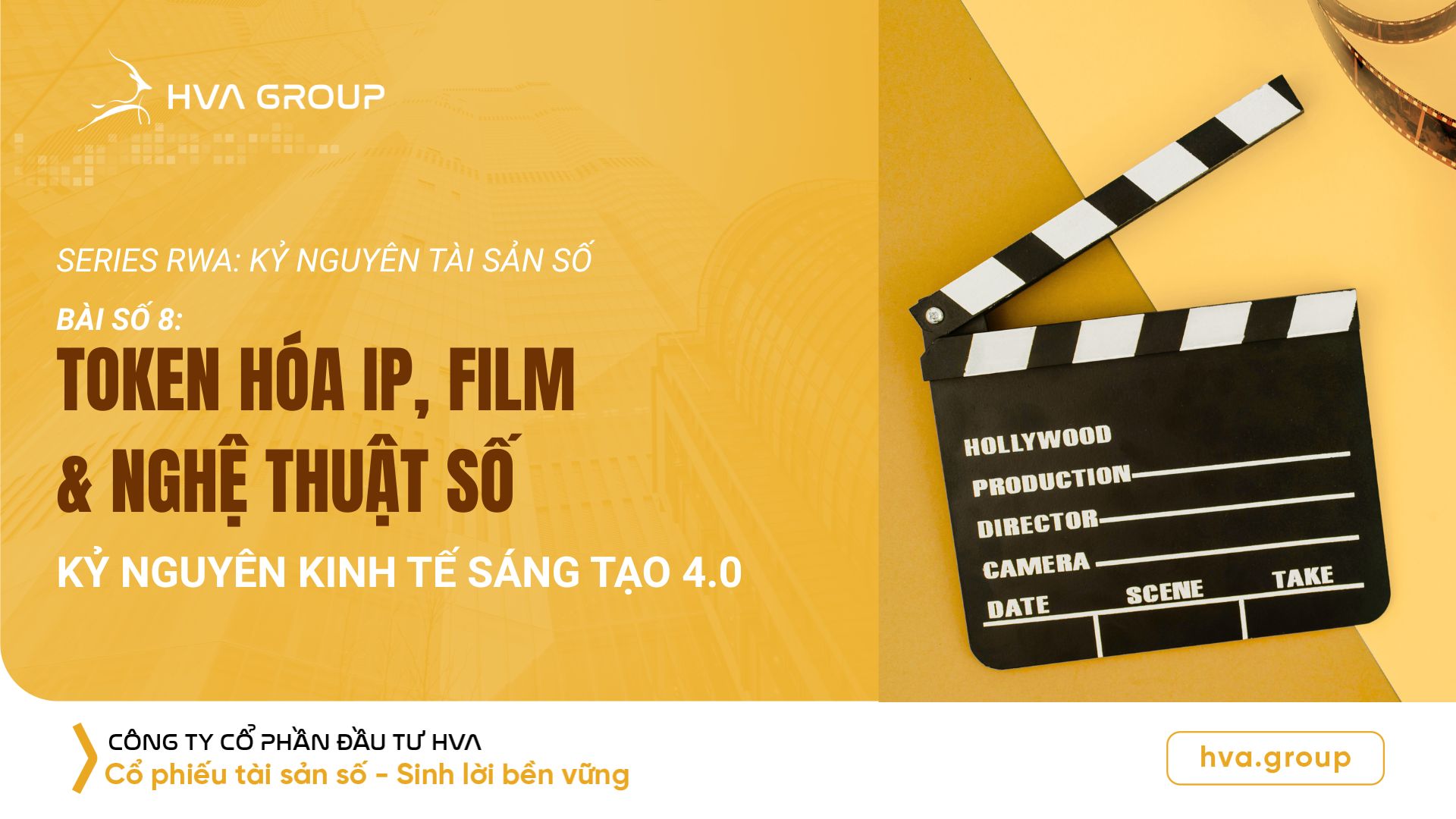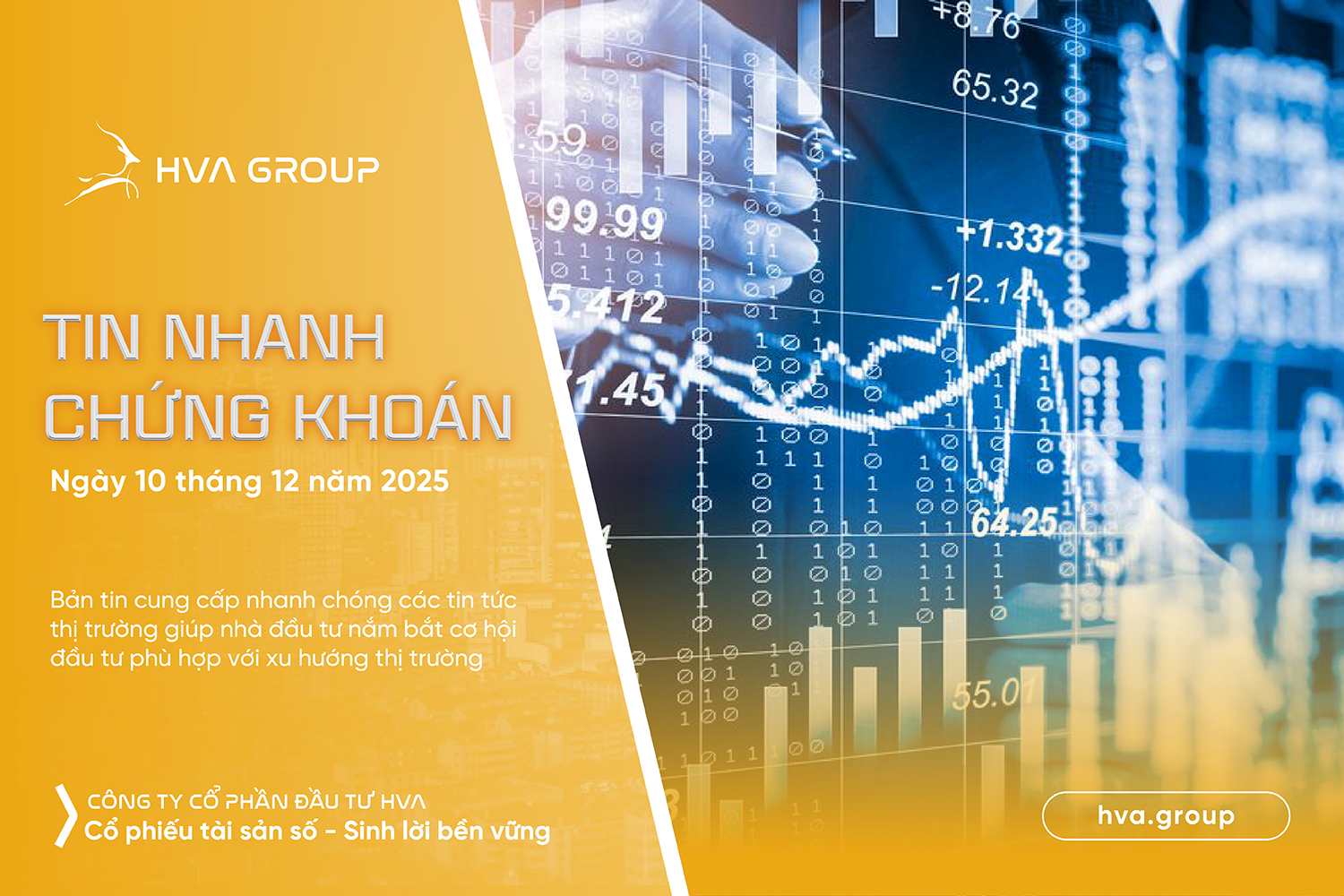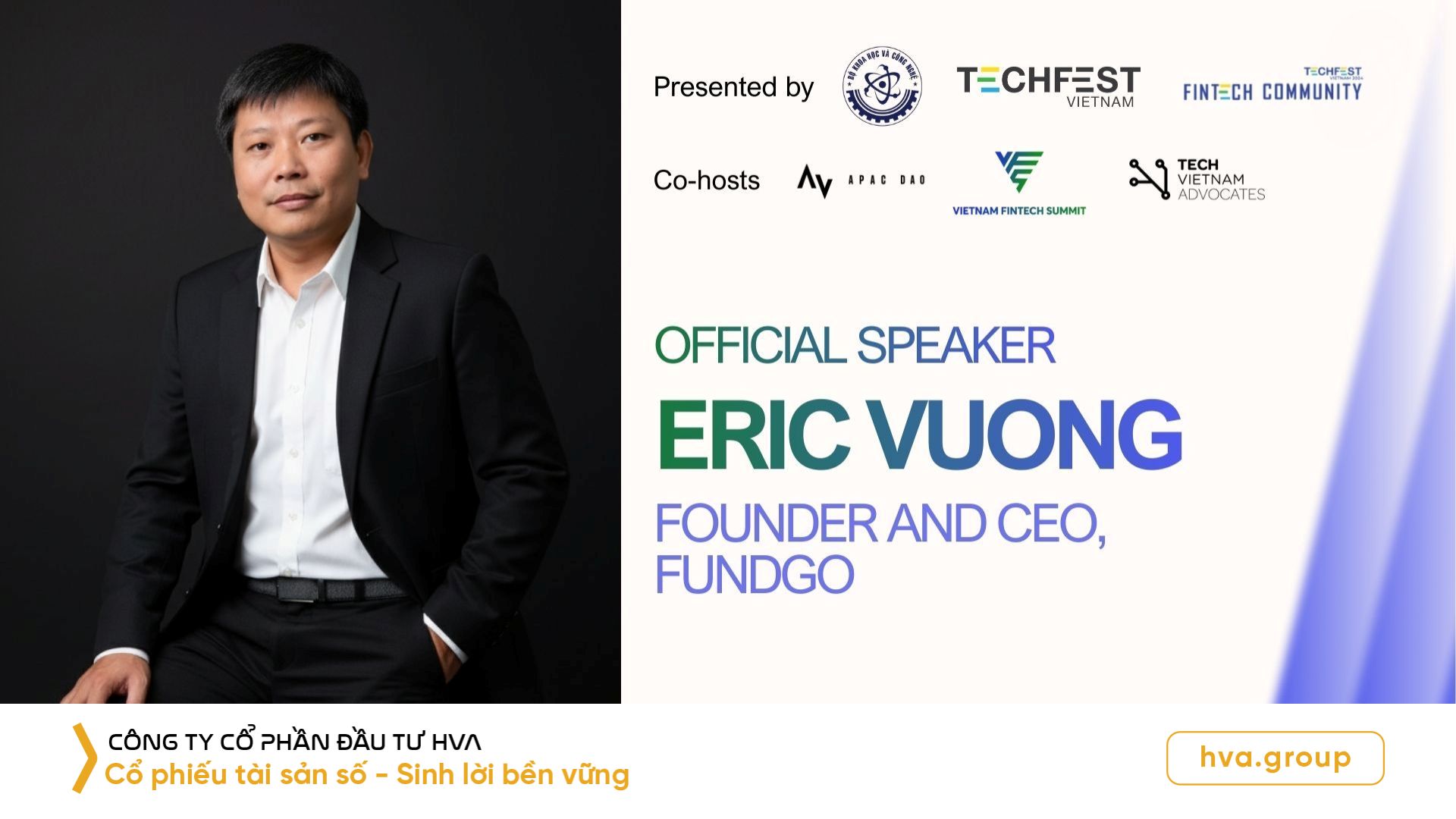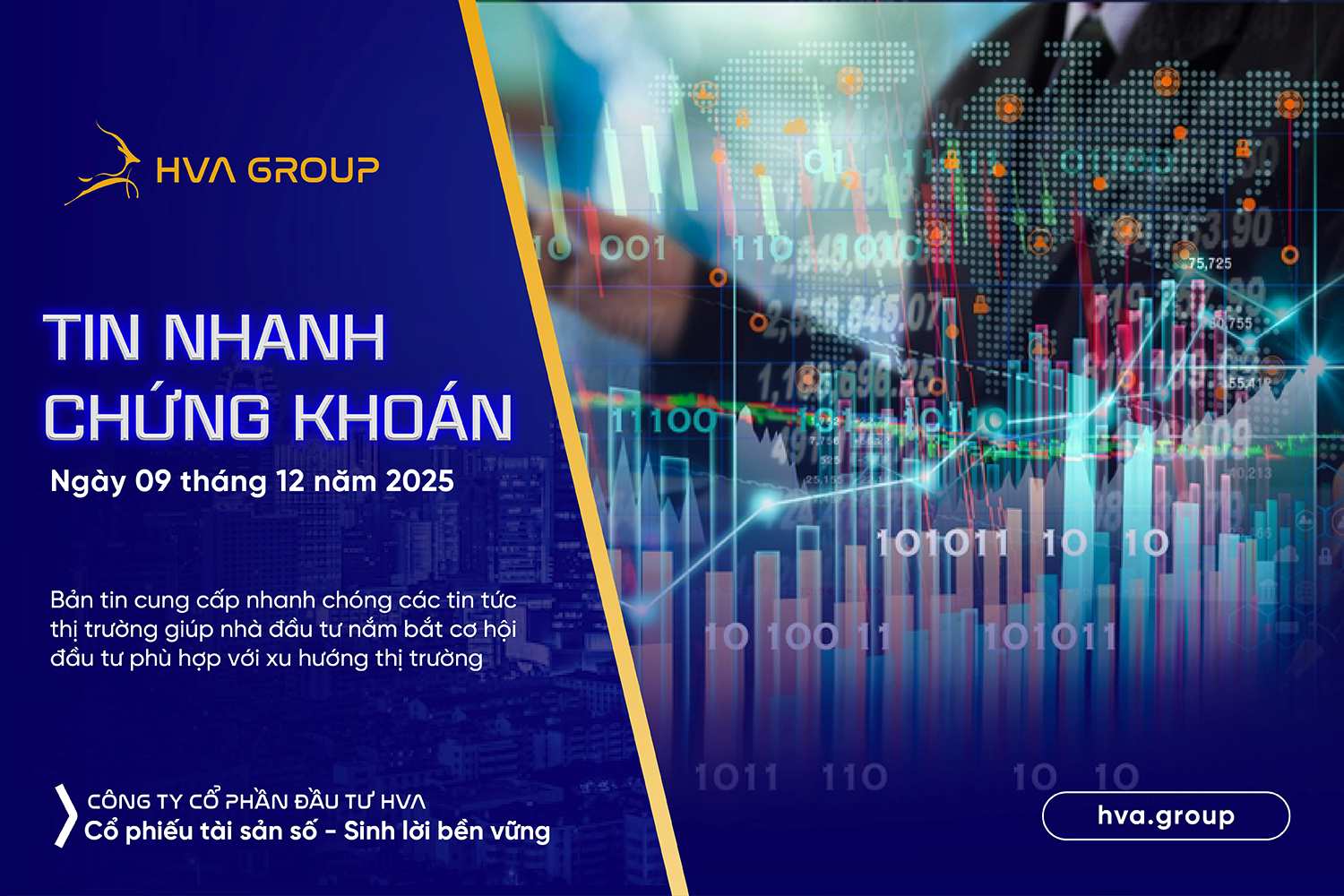Discover the secret Asset Management The Right Way: Learn detailed definitions, ISO processes, and effective management practices for each type of asset.
What is asset management?
Asset management can be simply understood as the process of organizing, monitoring, and using your assets in the most reasonable and effective way. Assets here are not only big things like houses, vehicles, machines, but also smaller things like cash, stocks, or anything of value. When managing assets, the main goal is to help your assets retain their value, even increase over time, while avoiding unnecessary waste or loss. This helps you protect what you own and make them profitable in the long run.
For example, when you invest in an asset like real estate, if it is well managed, it can generate income in the form of rental income or appreciation over time. This ensures that your asset is not only useful immediately but also continues to provide benefits in the future, helping you achieve your financial and personal goals in a sustainable way.

How to manage assets effectively:
What are the ways of asset management?
Job Asset Management Effectiveness requires flexibility in approach. Here are some common methods you can apply:
- Personal financial planning: Start by assessing your current assets and defining your short-term and long-term financial goals. Plan your spending, savings, and investments wisely to help you maintain and grow your assets over time.
- Smart investment: Asset allocation into channels invest that suits your goals and risk tolerance. Options may include real estate, stocks, bonds, or mutual funds.
- Use asset management software: Modern technology provides many tools that make it easy to monitor and Asset ManagementThese software allow you to record and classify assets, track changes in value, and generate financial reports.
- Track spending and savings: To effectively manage assets, controlling expenses is very important. Track monthly income and expenses, thereby adjusting spending habits to optimize savings and investments.
- Professional financial advice: For large or complex assets, seeking a financial advisor can help you make informed decisions. Asset Management reasonable, safe and maximum profit.
Steps to Effective Asset Management

To ensure Asset Management To be scientific and effective, you need to follow some basic steps:
- Step 1: Identify your assets: Record all the assets you own, including real estate, vehicles, cash, stocks, and other valuables. This will give you an overview of your personal finances.
- Step 2: Create a financial plan: Based on your personal financial goals (such as buying a home, saving for retirement, or investing), start developing a specific plan for how you will allocate your assets, invest, and save. Make sure the plan fits your current financial situation and has the flexibility to adjust as needed.
- Step 3: Implement and track: Start implementing your plan by investing, saving, and spending according to your goals. Use a wealth management tool to track your finances, asset values, and the performance of your investments.
- Step 4: Evaluate and Adjust: Periodically review and evaluate the effectiveness of your asset management plan. This will help you identify strengths and weaknesses and make timely adjustments to optimize results. If necessary, seek support from a financial professional to make the right adjustment decisions.
By combining these two parts, you not only gain a clear understanding of the how to manage assets but also know how to do it step by step to achieve optimal results.
Distinguishing asset management from property management
Asset management and estate planning both involve organizing, protecting, and growing what you own, but they have certain differences in scope and application. Specifically, as follows:
Asset management involves organizing and controlling all types of assets owned by an individual or organization, from fixed assets such as real estate, vehicles, equipment, to personal assets such as cash, securities. The main goal is to optimize value, minimize risk and increase efficiency in using assets.
Meanwhile, estate management has a broader and more complex scope, focusing on protecting and developing the assets of an entire family or clan over many generations. Estates often include assets that are jointly owned by multiple family members, such as real estate or businesses. Estate management requires unity and cooperation from all members to ensure that common assets are used and developed effectively.
While wealth management focuses on optimizing the value and performance of individual or institutional assets, estate management is broader, encompassing the protection, growth, and maintenance of family assets across multiple generations. For estate management, careful planning, the use of legal tools, and the education of the next generation are key to ensuring the family’s long-term prosperity and stability.
>>>> See more articles CASH FLOW OF MORE THAN 23,000 BILLION VND FLOWED INTO HOSE
Distinguish between fixed asset management and personal asset management
Fixed Asset Management Both fixed asset management and personal asset management are concerned with protecting and optimizing assets, but fixed asset management focuses on high-value, long-lived assets. Meanwhile, personal asset management focuses on maintaining and increasing the value of everyday, easily convertible assets.
Scope and objects of management
- Fixed assets: These are typically large, long-lived assets that are not easily converted into cash, such as real estate, machinery, or vehicles. Management focuses on maintenance, repair, and optimization of use.
- Personal assets: Include assets that are easily transferred and frequently used in daily life such as cash, stocks, investment funds, or items of personal value. Personal Asset Management usually focus on investing, saving, and using it wisely to increase the value of that asset.
Management objectives:
- Fixed Asset Management: The goal is to maintain and extend the life of assets, minimize repair and depreciation costs, and optimize performance in operations.
- Personal Asset Management: The main goal is to increase asset value and protect assets from financial risks.
Management method:
- Fixed Asset Management: Requires detailed procedures for inventory, maintenance, and condition tracking of assets. Management needs to have long-term plans and budgets for asset maintenance or replacement.
- Personal Wealth Management: Focuses on cash flow management, investing, and protecting personal assets. Management methods can be flexible and adjusted regularly according to individual needs and market fluctuations.
What is ISO asset management? How is the ISO asset management process implemented?
What is ISO asset management?
ISO asset management refers to the application of international standards, specifically ISO 55000, to the asset management process. ISO 55000 is a set of international standards on asset management issued by the International Organization for Standardization (ISO), helping organizations optimize the management and use of assets to achieve strategic goals.
ISO asset management focuses not only on controlling and maintaining assets but also on optimizing the value of assets throughout their life cycle. This includes planning, operating, maintaining, and ultimately disposing of assets in an efficient and systematic manner.

How does the ISO asset management process work?
Asset Management Planning
- The organization needs to clearly define the objectives of asset management and the scope of assets managed. This must be consistent with the organization's overall strategy.
- Establish policies, rules and criteria for asset management. These policies must be based on defined objectives and comply with the provisions of ISO 55000.
- Develop a detailed plan that includes resources, timelines, and steps to be taken to effectively manage the asset. This plan should include measures for risk management, maintenance, and asset development.
Implementation and Operation
- It is necessary to ensure that resources such as human, financial and technological resources are allocated appropriately to carry out asset management activities.
- Ensure that staff involved in the asset management process are fully trained and competent to perform their duties effectively.
- Implement asset management activities such as operations, maintenance, and asset control according to the established plan.
Evaluation and monitoring
- Conduct ongoing monitoring of asset management activities to ensure they are proceeding as planned. Use asset management tools and software to track asset condition and performance.
- Periodically measure the effectiveness of asset management activities and prepare reports to assess current status against set goals.
Continuous Evaluation and Improvement
Conduct regular internal audits to check compliance with ISO 55000 in the asset management process, if any shortcomings are detected, they need to be improved immediately, only then can we ensure the efficiency and value of the assets are improved. These improvements need to be planned and implemented to continuously optimize the management process.
Reporting and communication
- Communicate asset management status and results to stakeholders, including senior leadership, to ensure buy-in and support for process implementation.
- Ensure that the entire organization is kept up to date on processes, results and any changes related to asset management.
Hope through this article, HVA has helped readers better understand the concept Asset Management and ISO asset management process. Whether managing personal assets or common assets, detailed planning will help you control and optimize the value, efficiency of use, and minimize the risk of asset loss. For organizations and businesses, mastering the ISO asset management process will bring a comprehensive and sustainable management system, ensuring that assets are managed in accordance with strategy and international standards.
